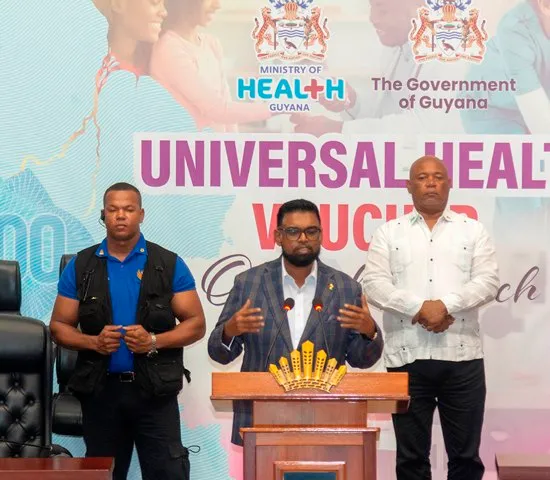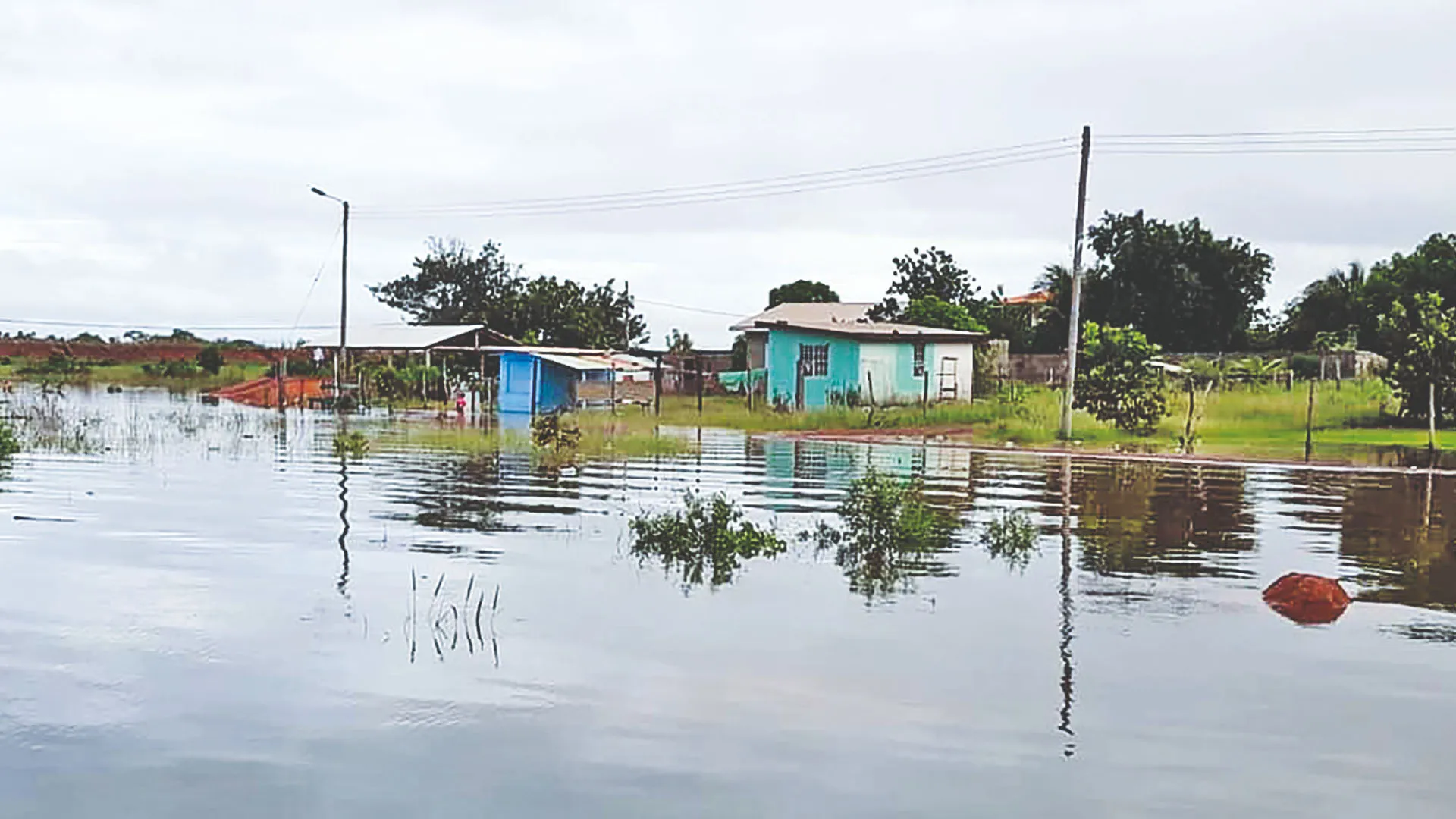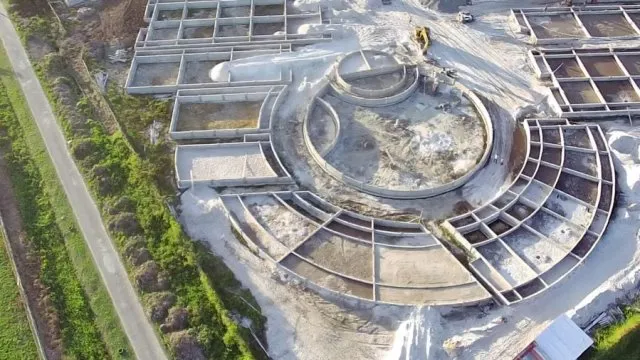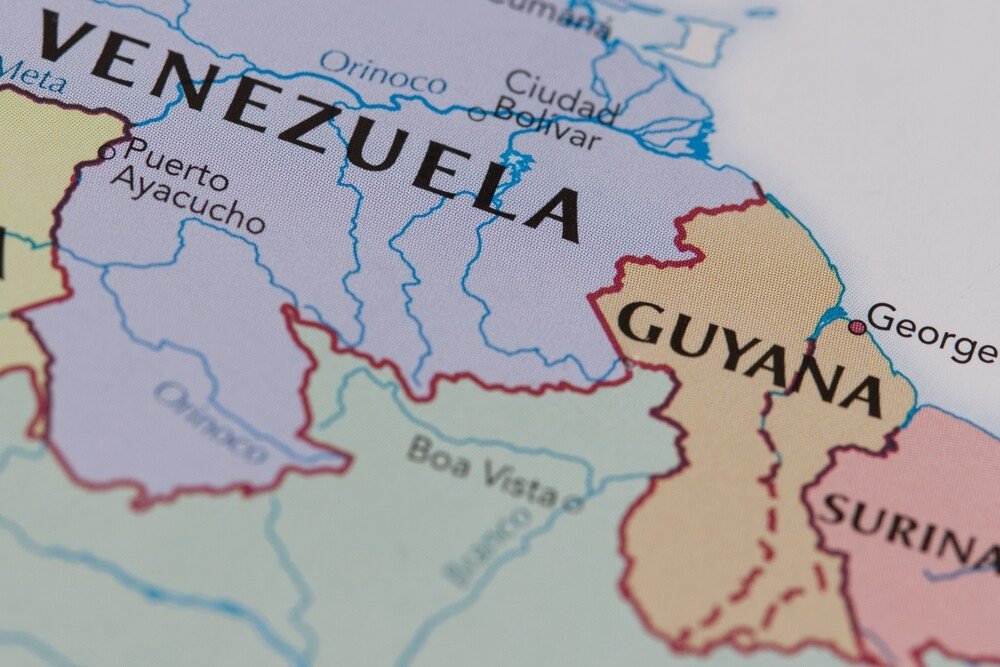In many of Guyana’s hinterland villages, classrooms once went dark after sundown, and students relied on kerosene lamps or candlelight to study. But a new wave of solar-powered schools is changing that narrative—bringing both light and hope to thousands of students.
As part of the Low Carbon Development Strategy (LCDS) 2030, the government has installed solar photovoltaic (PV) systems in over 120 public buildings, including schools in Regions 1, 7, 8, and 9 (LCDS 2030 Progress Report, 2024). These systems power classrooms, charge laptops and tablets, and support internet access—opening a world of digital learning to children in remote communities.
In Karasabai, Region 9, for instance, the solar electrification of the primary school has allowed teachers to extend lessons into the evening and introduce e-learning modules for the first time (Ministry of Education, 2023). Students now have the same access to online quizzes, educational videos, and even coding lessons as their peers in Georgetown.
This is not just a technological leap—it’s an emotional one. Parents talk about their children being more confident, more excited about school. Teachers say students are asking more questions, dreaming bigger dreams.
Just imagine what happens when every village has power not just for homes, but for minds.
- Diversity Is Our Greatest Strength’: President Ali’s Arrival Day Call for Unity
- The Fourth Estate Reimagined: Guyana’s Citizen Journalists and the New Media Landscape
- Rising Voices: Indigenous Communities Turn to Tourism to Preserve Culture and Land
- Opinion: Stewarding Guyana’s Oil Boom for Lasting Prosperity




